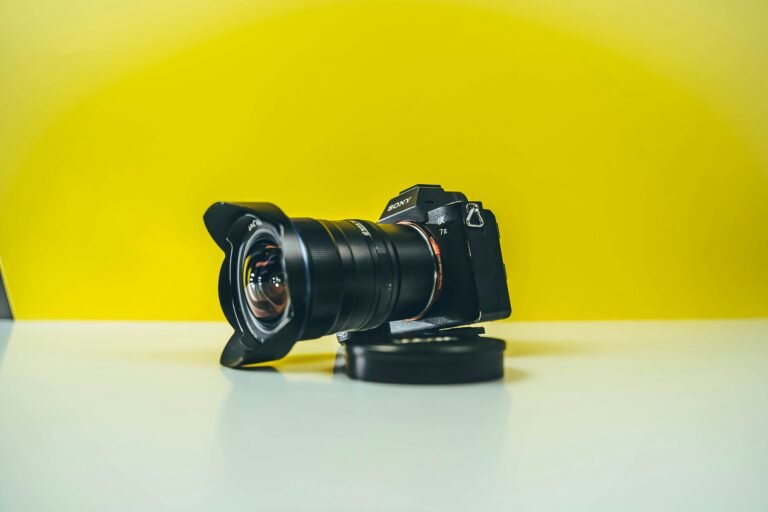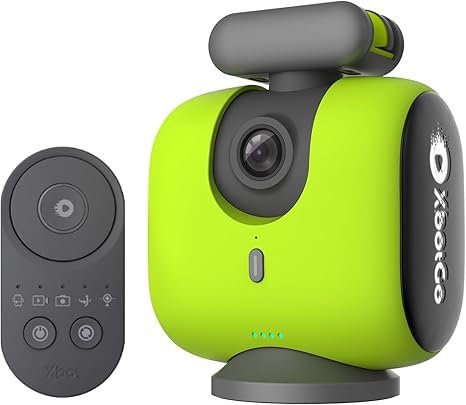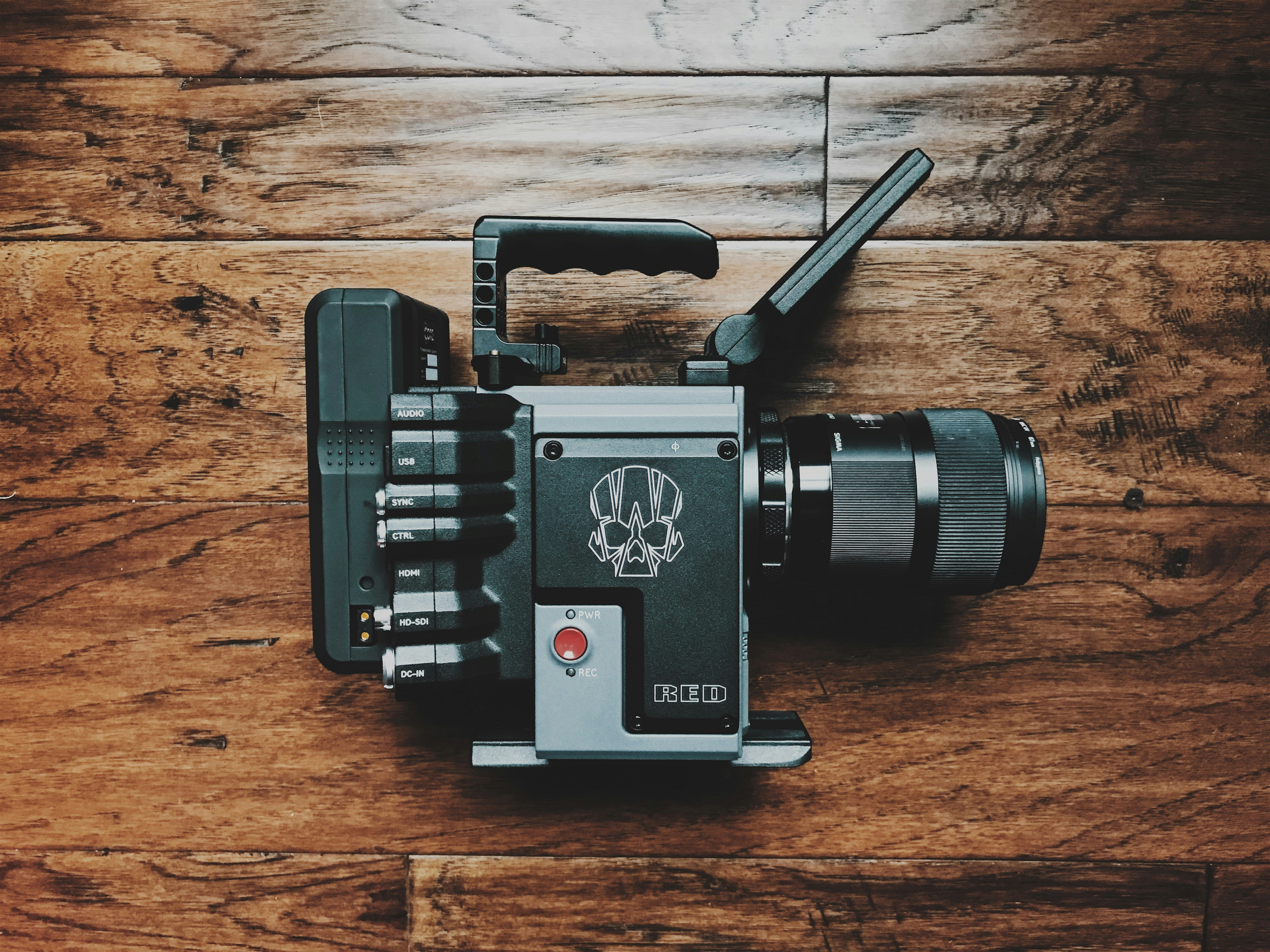Understanding Different Types of Cameras
When embarking on the journey of photography, one of the first essential steps is to understand the various types of cameras available on the market. Each type has distinct characteristics, advantages, and is designed to meet specific photography needs. Primarily, the most common categories include digital point-and-shoot cameras, DSLRs, mirrorless cameras, and compact cameras.
Digital point-and-shoot cameras are among the most user-friendly options for beginners. They typically feature automatic settings, allowing users to capture images effortlessly without requiring extensive technical knowledge. These cameras are lightweight and compact, making them exceptionally portable for casual shooting and travel. However, they may lack the versatility and advanced features of other types of cameras.
For those looking for greater creative control, Digital Single-Lens Reflex (DSLR) cameras are a popular choice. DSLRs offer interchangeable lenses and a wide range of manual settings, allowing photographers to experiment with composition, exposure, and depth of field. The optical viewfinder provides an accurate representation of the scene, making it easier to frame shots. While they are generally more expensive and bulkier than point-and-shoot models, their advanced features make them appealing to serious photographers.
Another option is mirrorless cameras, which combine elements of DSLRs and point-and-shoot models. These cameras are compact like point-and-shoots, while still allowing for interchangeable lenses like DSLRs. The absence of a mirror system enables manufacturers to reduce size, making them an excellent choice for those needing portability without sacrificing quality. Mirrorless cameras have gained popularity for video and still photography alike.
Lastly, compact cameras are designed for simplicity and mobility, offering a blend of performance and ease of use. They often come with built-in zooms and are ideal for everyday photography. When considering the different types of cameras available, one should think about their photography goals, budget, and level of experience to make an informed choice. This understanding will streamline the process of what to look for in buying a camera, ensuring beginners select equipment that aligns well with their aspirations.
- 30x Optical Zoom (24-720mm) and 24mm Wide-Angle lens
- 16.0 Megapixel sensor combined with the Canon DIGIC 4+ Image Processor
- Capture impressive 720p HD video with a dedicated movie button and zoom while shooting
Key Features to Look for in Your First Camera
When embarking on the journey of purchasing your first camera, certain key features should take precedence in your decision-making process. Understanding what to look for in buying a camera can significantly influence the quality of your photography experience. A primary consideration is the sensor size, as larger sensors generally capture more light and detail, resulting in superior image quality. For beginners, the APS-C sensor size is often recommended, as it strikes a balance between quality and affordability.
Another crucial aspect to evaluate is the camera’s autofocus system. An efficient autofocus system allows for quicker and more accurate focusing on subjects, particularly in dynamic shooting environments. Look for models that feature phase detection and contrast detection systems for optimal performance. For those interested in capturing distant subjects, zoom capabilities are important to consider. A camera with a variable zoom lens offers versatility, allowing you to shoot both wide landscapes and distant wildlife with ease.
Manual controls are also a feature worth prioritizing, as they provide users with the option to adjust settings such as shutter speed, aperture, and ISO. This level of control is essential for learning the fundamentals of photography and experimenting with different techniques. Even if you opt for a camera with primarily automatic settings, having the option for manual adjustments can enrich your learning experience as you grow in your photography skills.
In addition to the aforementioned features, consider the camera’s ergonomics, weight, and build quality, as these factors can affect your ease of use over time. Paying attention to these important features to consider when buying your first camera will ultimately empower you to make an informed decision, enhancing your photography journey right from the start.
Budgeting for Your First Camera Purchase
When considering what to look for in buying a camera, the very first step involves determining a realistic budget that aligns with your photography goals and needs. Establishing a budget for your first camera purchase requires thoughtful deliberation, as it will ultimately guide your selection process. Begin by assessing your individual photography interests. Are you interested in casual photography, travel, or perhaps more serious projects like portrait or landscape photography? Each niche can influence the camera type that best suits you, thereby impacting your budget.
Once you’ve established your goals, research various camera options within your budget range. Prices can vary significantly based on the camera’s specifications, brand, and whether it is new or used. Online reviews, forums, and comparison sites can provide valuable insights into which cameras offer the best features for your monetary threshold. Keep in mind that investing in a high-quality camera can enhance your photography experience, but it is equally important to ensure that you are getting value for your money.
Additionally, remember to factor in other necessary costs beyond the camera itself. When buying your first camera, important features to consider also include the essential accessories that accompany the main equipment. These may encompass lenses, memory cards, bags, tripods, and other accessories that can significantly improve your shooting experience. For instance, a sturdy lens can greatly enhance image quality, while an extra memory card provides ample storage for your photographic endeavors. Understanding these additional costs is crucial; they can impact the overall value of your first camera purchase.
By taking a comprehensive approach to budgeting that includes both your fundamental camera choice and ancillary equipment, you will be better prepared to make an informed decision on your first camera.
- 10x Optical Zoom with Optical Image Stabilizer helps you capture images with flexibility and ease
- Built-in Wi-Fi and NFC allows for easy sharing and transferring of images and videos
- 20.0 Megapixel CCD sensor combines with the DIGIC 4+ Image Processor to help deliver stunning image quality. Shooting Ca…
Tips for First-Time Camera Buyers
Purchasing a camera for the first time can be a daunting experience, especially with the multitude of options available in today’s market. To help you navigate this process, here are some essential tips to consider when buying your first camera that will enhance your purchasing experience.
Firstly, testing cameras in-store can be invaluable. Visiting a physical retailer allows you to handle different models and get a feel for their weight, ergonomics, and user interface. Look for beginner-friendly features that are intuitive and easy to use. This hands-on experience will give you a better understanding of which camera fits comfortably in your hands and meets your photographic needs.
Secondly, reading reviews is crucial when determining what to look for in buying a camera. Start by checking reputable photography websites, forums, and customer reviews. Pay special attention to comments regarding ease of use, performance, and image quality, as these are important features to consider when buying your first camera.
Another valuable tip involves considering your photography future. If you are serious about growing your skills over time, think about a camera that allows for upgrades or add-ons, such as interchangeable lenses. This thoughtful approach ensures that you won’t outgrow your equipment too quickly and can enhance your learning experience.
Lastly, always buy from reputable retailers. Purchasing from well-known stores can provide consumer protection, reliable customer service, and a more secure return policy if the camera does not meet your expectations. Opting for established businesses as opposed to unknown brands will afford you greater peace of mind.
By following these simple tips when buying a camera, you can feel more confident in your decision-making. Emphasizing these key considerations will ensure a smoother acquisition process and promote a more enjoyable introduction to the world of photography. As always, we welcome your views and comments. Please use the comments box down below and we will reply as soon as we possibly can.





